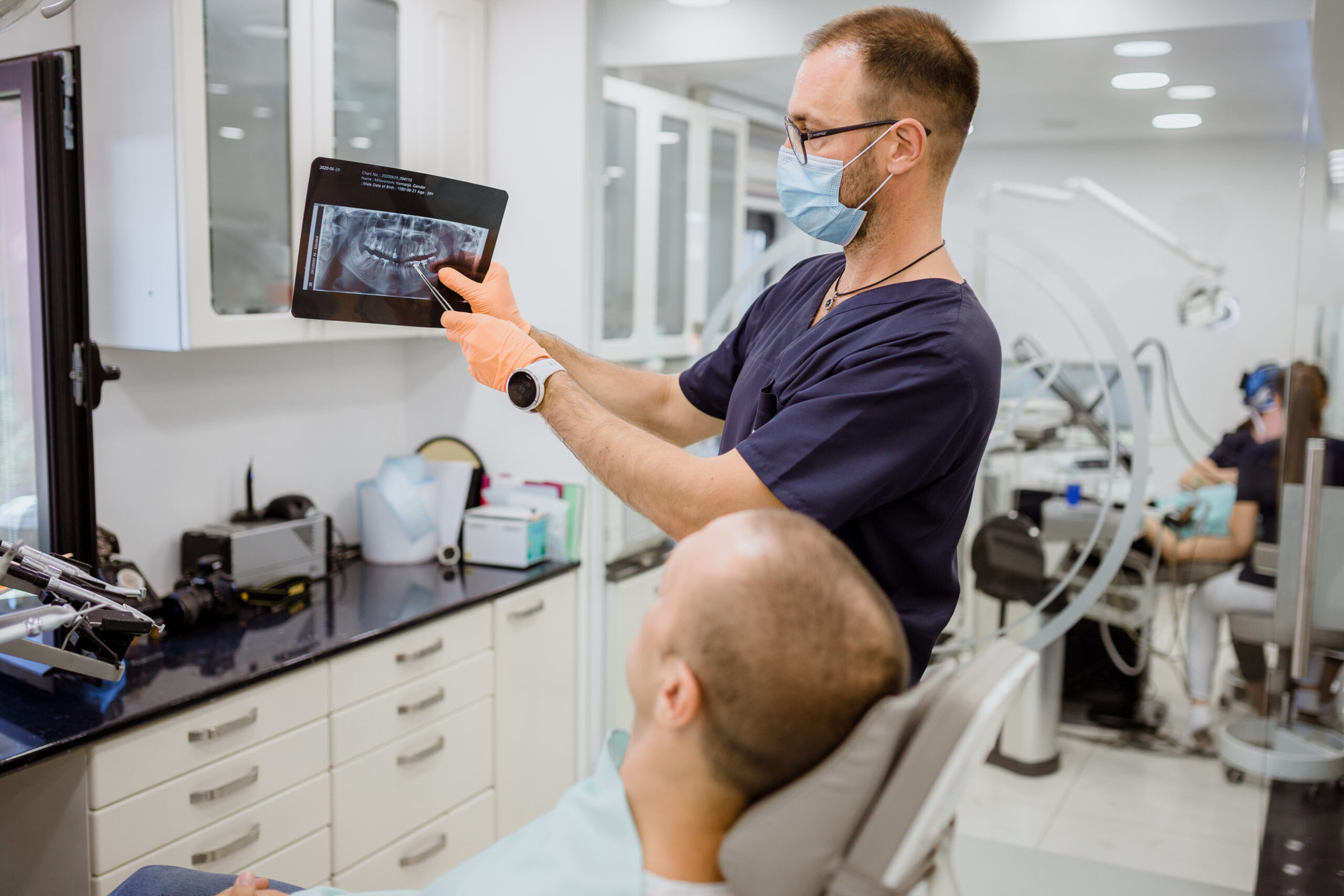6 faza ALL ON 6 rada
Dolazak na pregled u cilju dobijanja ALL ON 6 rada predstavlja prvi korak ka restauraciji osmeha, povratku pune funkcije vilice, vašeg prirodnog izgleda i samopouzdanja. ALL ON 6 je najsavršenije rešenje za bezubost koje medicina nudi, a kako biste se bolje pripremili za zahvat, organizovali vaše vreme i finansije, potrebno je da se upoznate sa šest faza ALL ON 6 rada. To su informacije sa kojima je potrebno da se pacijent upozna u cilju uštede vašeg i našeg vremena, a ako vas takođe interesuje i sama procedura ugradnje ALL ON 6 rada, savetujemo da pročitete ovaj tekst.













